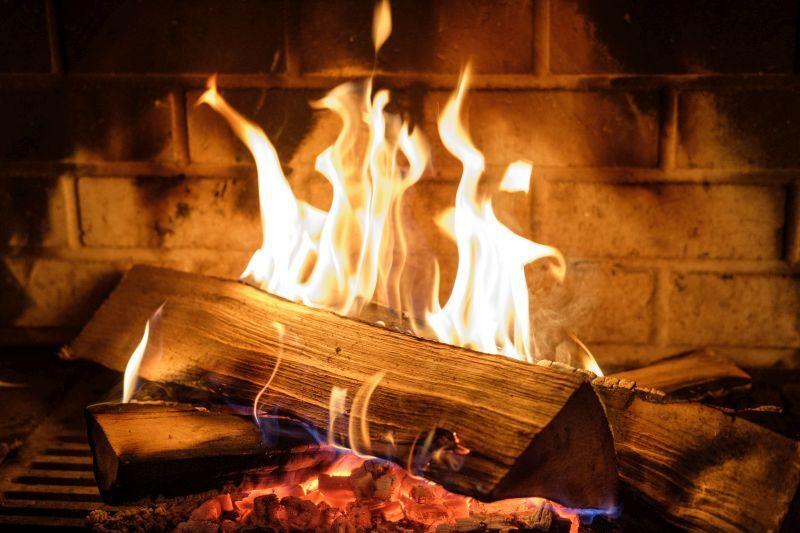This page has been automatically translated. Please refer to the page in French if needed.
Heating
Boiler, stove, water heater...: watch out for carbon monoxide poisoning!
Publié le 28 novembre 2023 - Directorate for Legal and Administrative Information (Prime Minister)
As temperatures drop and heaters become more widely used, the risk of carbon monoxide (CO) poisoning increases. Invisible, odorless and non-irritating, carbon monoxide is undetectable. Simple steps can reduce these risks. Service-Public.fr informs you.

Every year, about 1,300 accidental episodes of carbon monoxide poisoning are reported to health authorities. There are simple steps to reduce risk. Particular attention should be paid to the proper use of mobile supplementary fuel heaters and the avoidance of the use of improvised heating systems, which are particularly dangerous.
Taking preventive action
Poorly maintained heaters or stoves and poor ventilation in rooms can cause this type of poisoning. The presence of this gas results in fact from an incomplete combustion, and this irrespective of the fuel used (natural gas, wood, coal, fuel, butane, propane, gasoline, oil or ethanol, etc.) for the production of heat or light.
In order to limit the risks of intoxication, it is recommended to:
- have the heating and hot water production facilities and smoke ducts (mechanical chimney sweeping) checked and maintained annually by a qualified professional in your primary and secondary residence, if applicable. Ask for a "maintenance certificate" that proves the aircraft is well maintained;
- ventilate your home for at least 10 minutes a day, even if it is cold;
- keep your ventilation systems in good working order and never block air inlets and outlets;
- comply with the instructions for use of combustion appliances indicated by the manufacturer: do not operate the supplementary heaters for more than 2 hours in a row; place the generators outside buildings; never use for heating or cooking indoors appliances not intended for this use (cooker, brazier, barbecue, etc.).
Warning
in the community, it is necessary to be particularly careful: poisonings related to the use of gas heaters are frequent.
How to be alerted?
Carbon monoxide detectors are available to be fitted or portable, but the Consumer Safety Commission reports that their level of safety is often insufficient. If you choose to equip your home with a detector, make sure that it complies with the European standard NF EN 50291 (this statement must appear on the product packaging).
During the annual maintenance of your boiler, the qualified professional is required to measure carbon monoxide to ensure that your facility does not emit carbon monoxide.
Also, if your home is also equipped with autonomous smoke alarm detectors (ADAF), be careful not to confuse alarms.
FYI
The behaviors to be adopted in response to a DAAF alarm (do not leave the house, caulk the doors, stand next to the window and wait for emergency services) are the opposite of those to be adopted if the alarm of a carbon monoxide (CO) detector is triggered (open the windows and exit the housing).
What to do if there is suspicion of intoxication?
Symptoms (headache, fatigue, nausea) develop more or less rapidly and may affect several people in the same household. Severe intoxication can lead to coma and can be fatal, sometimes within minutes. We must therefore act quickly:
- aerate immediately;
- shut down heating or combustion cooking appliances;
- evacuate without delay;
- call for help by dialing 15 (Samu), 18 (firefighters), 112 (European emergency number) or 114 (for people with hearing impairments).
Management of intoxicated people should be prompt, at the first symptoms, and may require hospitalization.
For more information, see the Public Health brochure France.
Additional topics
Service-Public.fr
Ministry of Health
National Health Insurance Fund (Cnam)
Agenda
Du 14 avr. au 15 juin 2025
Prévention Covid-19
Publié le 02 avril 2025
À partir du 2 avr. 2025
ETA
Publié le 24 mars 2025

